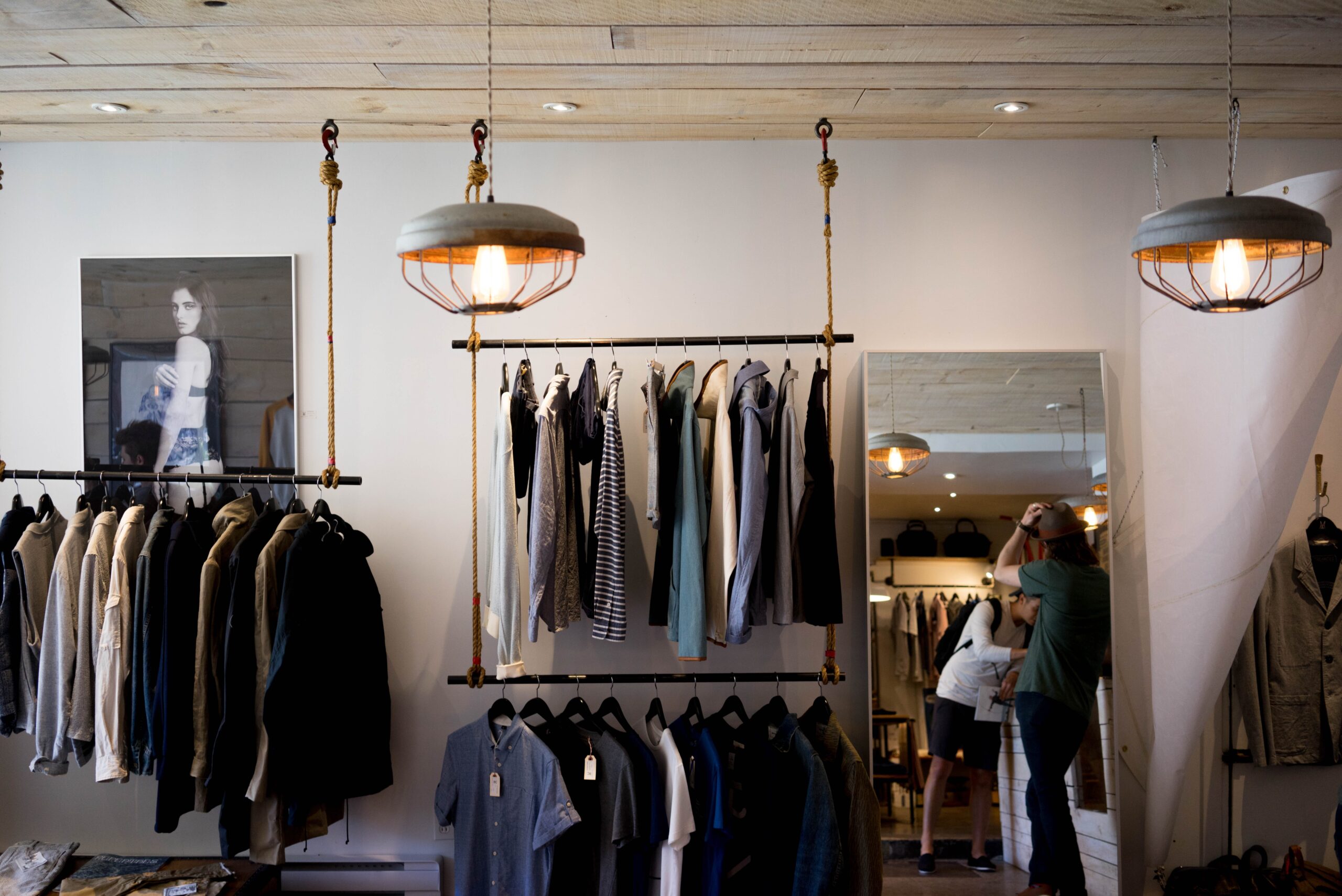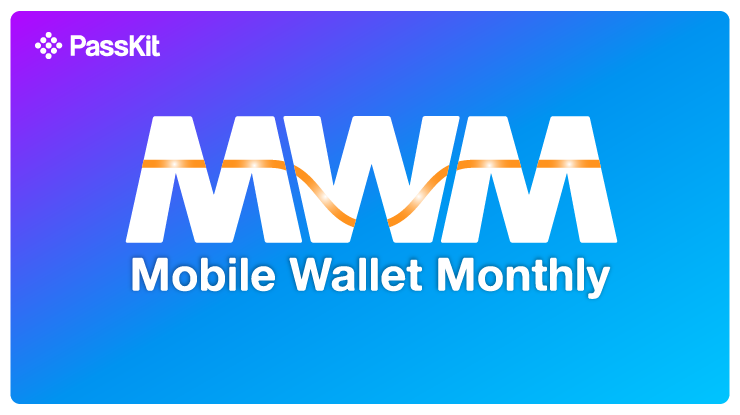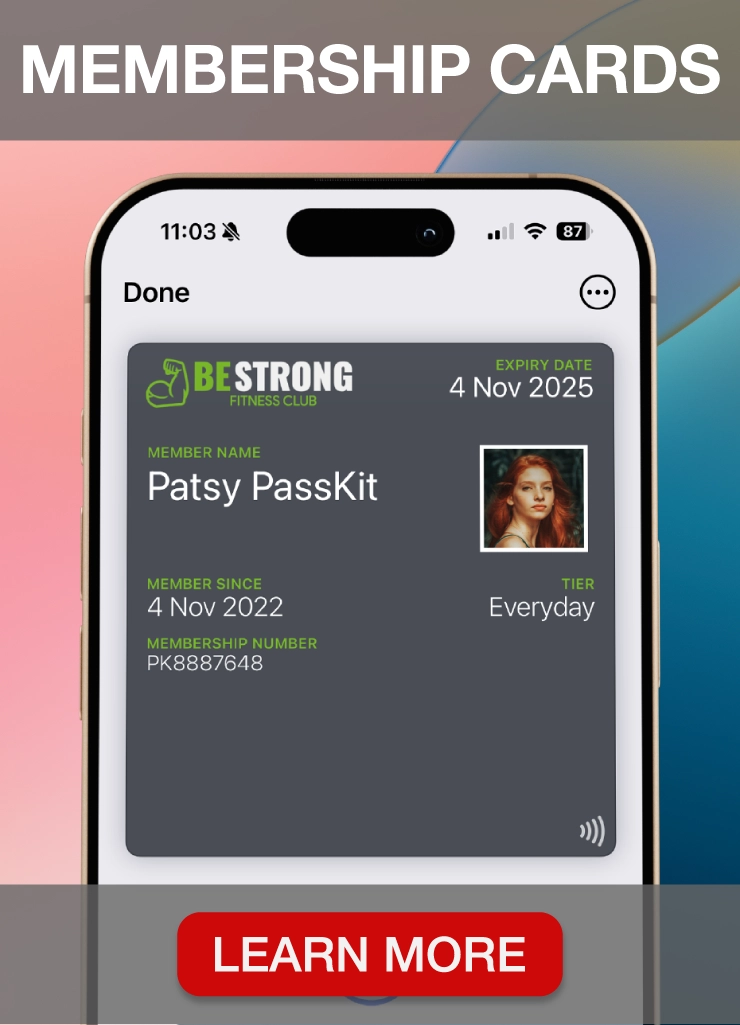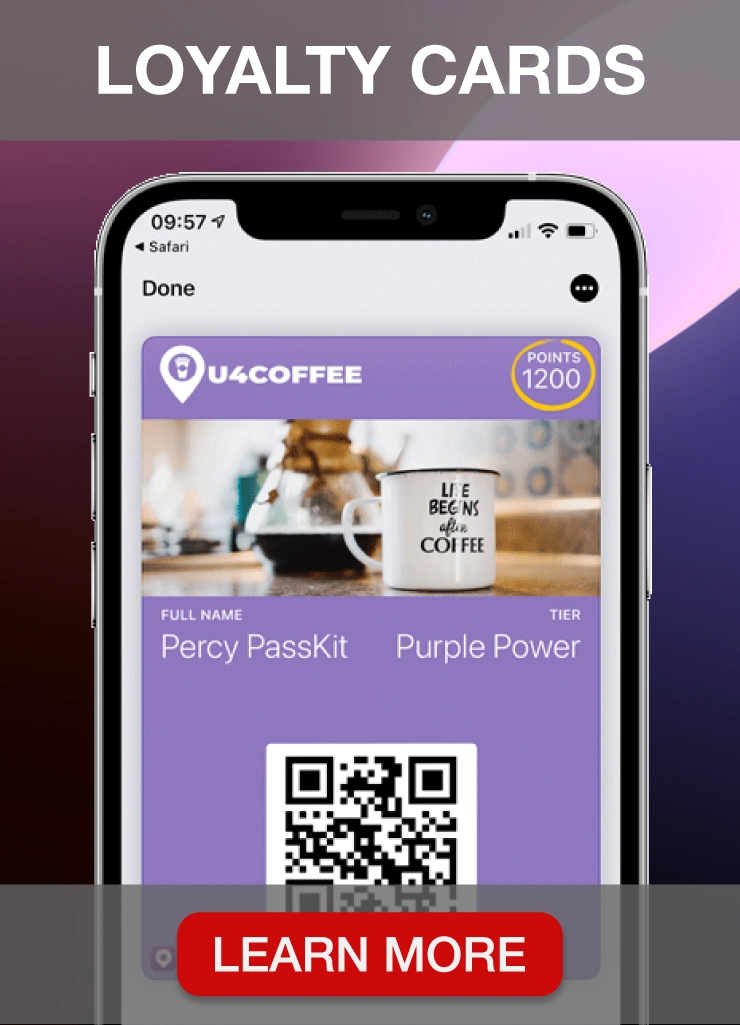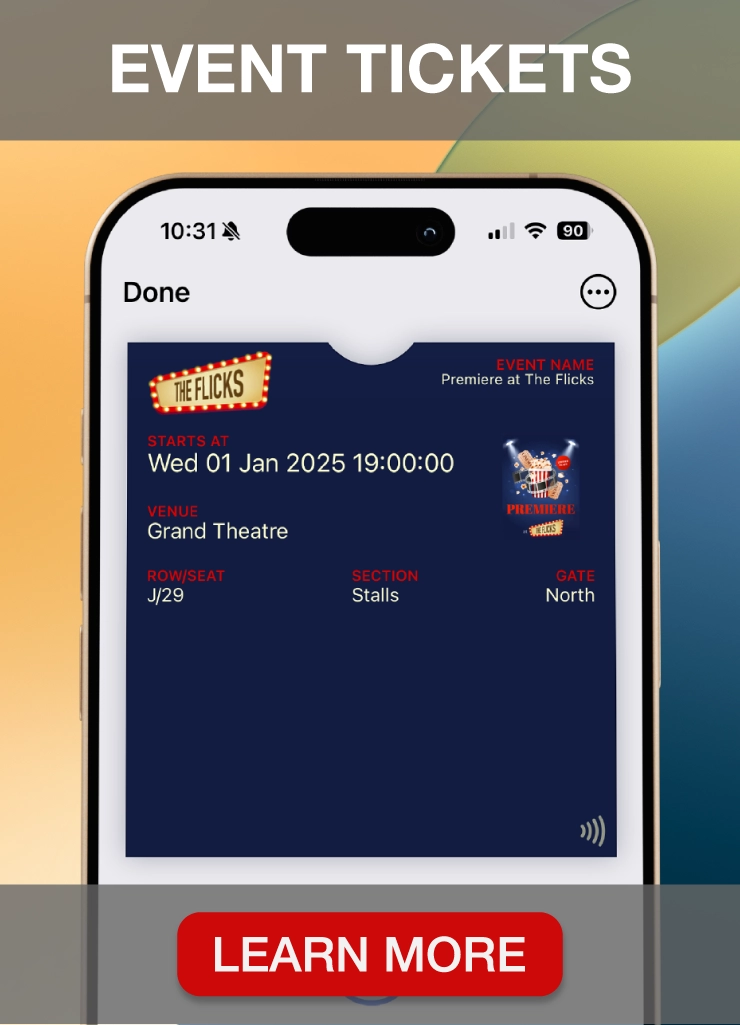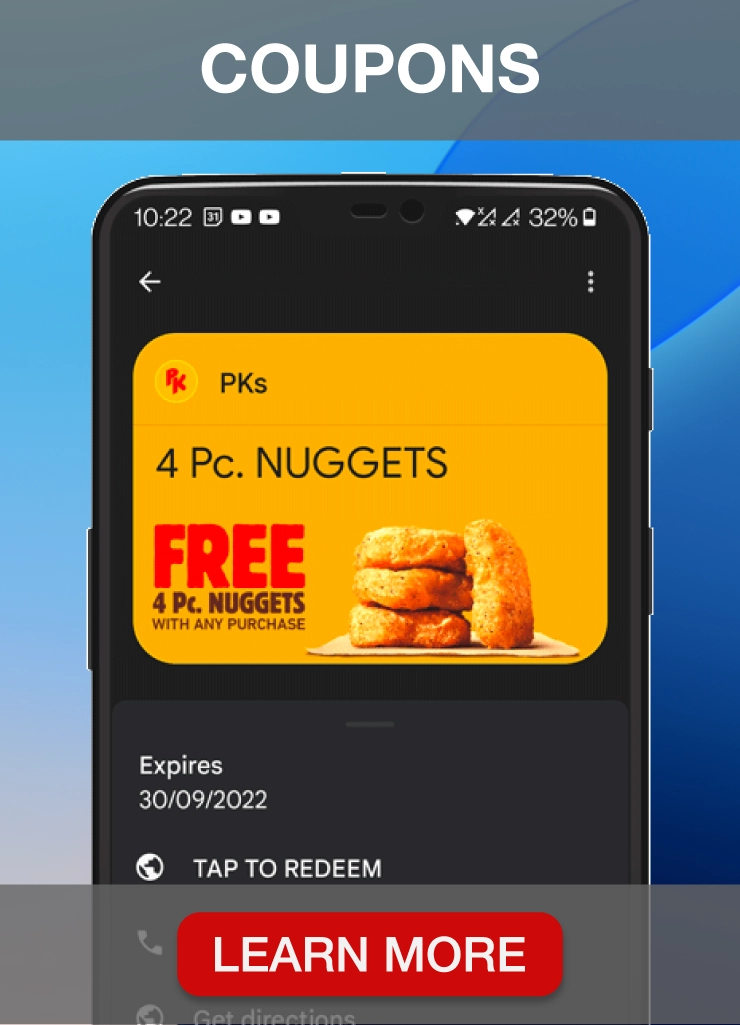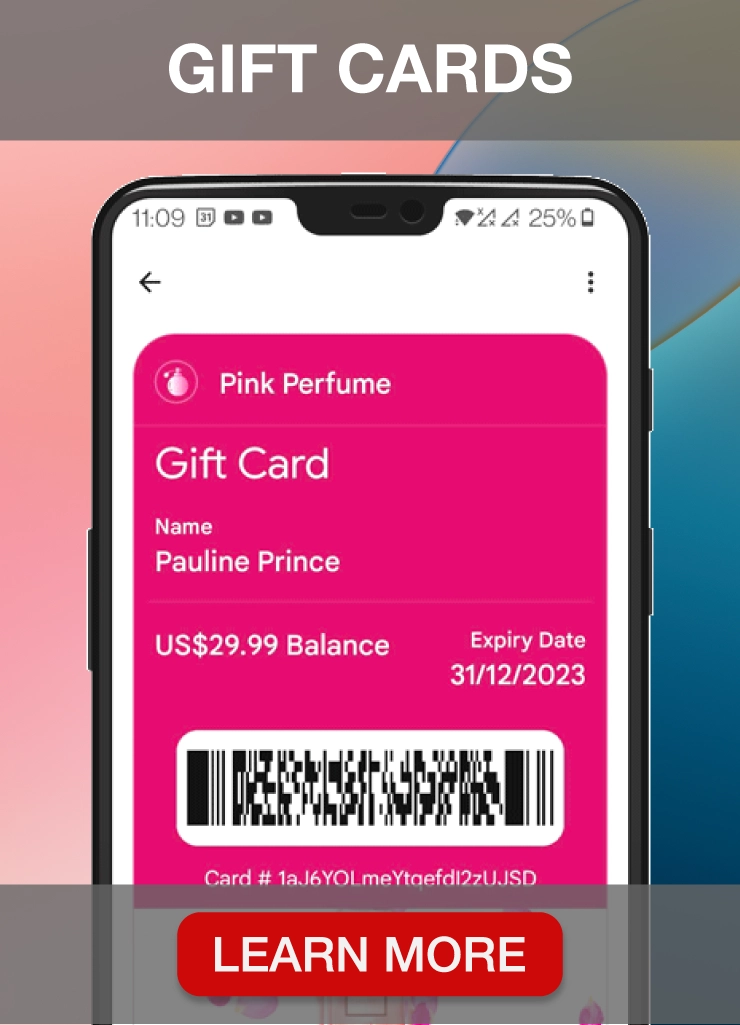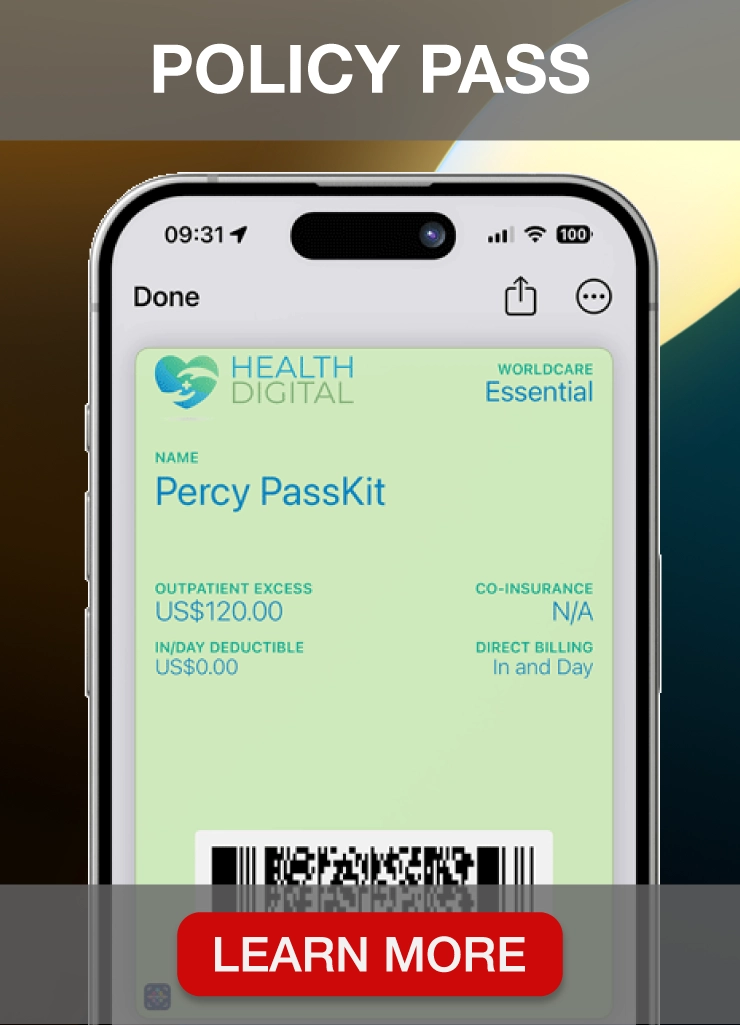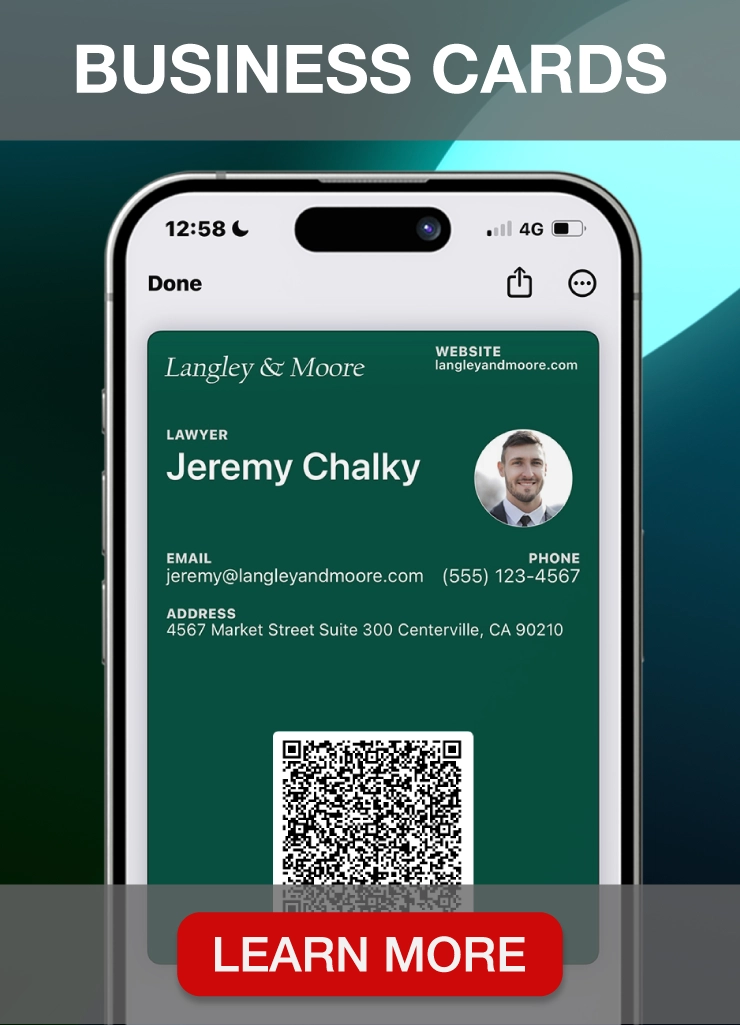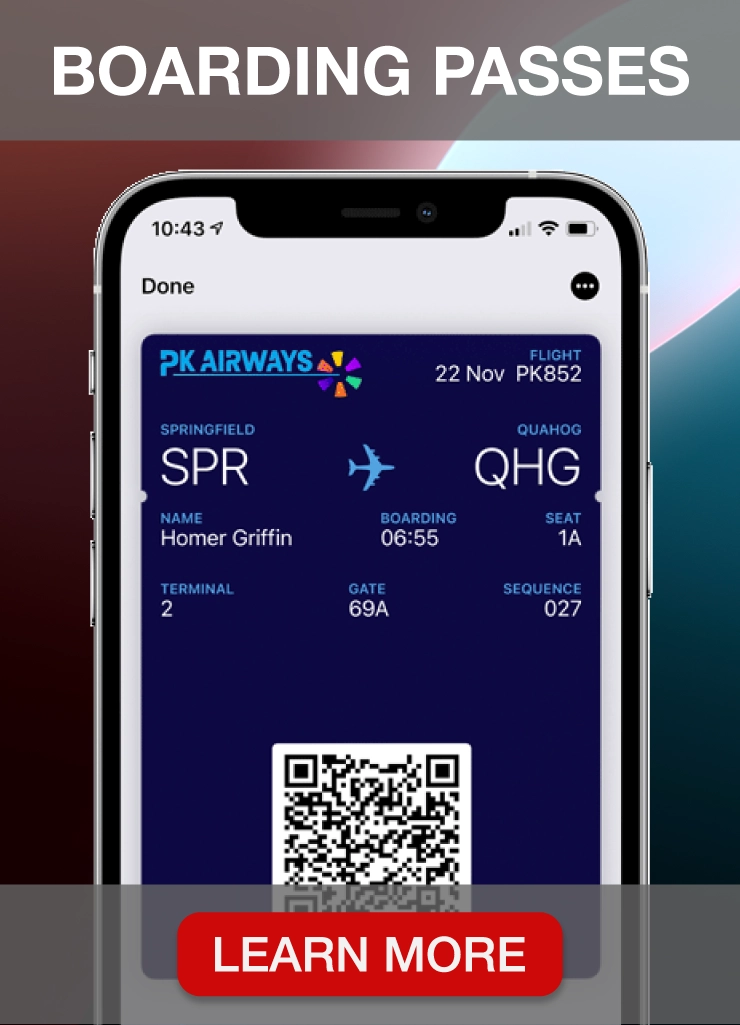As a retailer, you must constantly explore new marketing approaches to improve brand visibility, optimize the customer experience and boost sales.
In-store advertising is an excellent method to achieve these goals.
Balancing digital marketing and physical store advertising helps you create a cohesive brand story that appeals to in-person and online audiences, boosting customer involvement with your business.
You can implement customer incentive programs using customer loyalty software such as PassKit to take things a step further. It helps you improve customer interaction and offer a seamless shopping experience.
PassKit comes packed with advanced features that enable you to develop and execute dynamic in-store promotions, encourage repeat visits, and maintain ongoing relationships with your clients.
You can create and manage loyalty reward cards, access advanced analytics, distribute across multiple channels, and advertise in-store.
In this article, we will share 15 of the best in-store advertising strategies for improving customer experience and increasing sales.
We will also explain how you can use PassKit for advertising purposes to make better connections with your customers and provide them with a more personalized experience.
Understanding in-store advertising for brick and mortar stores
Image source: Unsplash
In-store advertising plays a crucial role in your overall retail marketing plan. When customers are inside your physical store, you can present your special offers and communicate with them before they purchase.
If placed correctly, in-store ads can grab customers’ attention, persuade them to buy, and improve their overall shopping experience.
How in-store promotions complement online marketing efforts
Online marketing campaigns help you increase your online presence, reach a wider audience, and generate leads. However, despite the rise of e-commerce, most final purchase decisions still happen in-store.
An in-store advertising campaign can be very helpful in promoting products and services directly to the customers present in your retail outlets.
It helps create a cohesive customer journey that begins online and culminates in a memorable, personalized experience at your brick-and-mortar business.
This approach maintains a consistent brand identity across all platforms and leverages the strengths of both online and offline marketing efforts.
By combining online and in-store advertisements, you can create a strategy that leaves a lasting impression on customers and increases the likelihood of repeat purchases and brand loyalty.
The top 15 in-store advertising strategies
Image source: Freepik
Capturing shoppers’ attention and converting foot traffic into sales is a constant challenge.
In-store advertising strategies create a compelling shopping environment that draws customers in and encourages them to purchase.
Let’s share the top 15 in-store advertising techniques that can enhance the customer experience and boost your retail success.
Embrace digital signage
Digital signage offers a versatile platform for digital advertising and boosting your overall in-store marketing strategy.
This retail advertising method allows you to display engaging content and showcase high-resolution images, videos, and animations that grab customers’ attention.
With the ability to update content in real time, digital signage keeps promotions fresh and relevant, essential for keeping buyers informed about the latest deals and store events.
Deploy shelf-edge technology
Shelf-edge technology transforms the shopping experience by providing digital labels that can display dynamic pricing, promotions, and detailed product information right at the point of purchase.
You can use it to highlight product reviews or comparisons, helping customers make informed decisions without consulting a sales associate.
Provide free Wi-Fi with a landing page
Offering free Wi-Fi in-store is a service that customers greatly appreciate. By directing them to a branded landing page upon connection, you can promote special in-store offers, encourage sign-ups to loyalty programs, or even suggest products based on the shopper’s location within the store.
Implement mobile checkout
Mobile checkout systems can streamline the shopping experience by allowing customers to pay for items anywhere in the store using their smartphones or store-provided devices.
It reduces queues at traditional checkouts, improves the customer experience, and can lead to increased sales as the convenience factor is heightened.
Use overhead announcements strategically
Overhead announcements are a direct way to communicate with customers inside the store.
When used strategically, they can alert shoppers to limited-time offers, direct them to specific departments, or provide a warm welcome or thank you, improving the overall atmosphere in your retail space.
Offer loyalty card upgrades
Loyalty customer cards are a tried-and-true method for retaining customers. By offering upgrades that provide additional benefits, such as exclusive discounts or early access to sales, you can encourage repeat business and collect valuable data on shopping habits.
Use QR codes for interactive content
QR codes are a bridge between physical retail and digital content. Customers can scan a code with their smartphone to view product demonstrations, access detailed information, or even unlock exclusive offers.
This interactive element enriches the shopping experience and provides a tool to track customer engagement and preferences.
Leverage end-cap displays
These in-store displays, located at the end of aisles, are prime real estate in any retail store.
They are often the first thing customers see as they traverse the halls, making them ideal for promoting high-margin items or seasonal offers.
Well-designed end-cap displays can attract attention and encourage impulse buys, significantly driving sales of featured products.
Install interactive kiosks
Interactive kiosks serve as an in-store concierge, allowing customers to navigate the store’s inventory, check product availability, or sign up for newsletters and memberships.
These kiosks can also provide personalized recommendations based on customer preferences, making the shopping experience more engaging and tailored to individual needs.
Highlight exclusive in-store products
By promoting products that are exclusively available in-store, you can create a unique value proposition that encourages customers to visit the physical location.
This strategy can be particularly effective when paired with online marketing efforts that tease the in-store exclusivity of certain items.
Set up a photo booth or Instagrammable spots
Creating photo opportunities within a store can significantly boost brand visibility online.
A well-placed photo booth or an aesthetically pleasing spot encourages customers to take pictures and share them on social media, turning your shoppers into brand ambassadors.
Organize surprise events
Hosting in-store events or flash sales can create excitement and exclusivity.
Surprise elements keep customers guessing and can lead to increased foot traffic as people come in to discover what’s new and exciting.
These events can also be an excellent opportunity to clear out inventory or promote new product launches.
Offer a price-match guarantee
A price-match guarantee reassures customers they are getting the best possible deal, which can be a deciding factor in purchasing. This strategy builds trust and encourages customers to buy on the spot rather than shopping around.
Use gamification
Incorporating gamification into your in-store advertising can create a fun and memorable customer experience.
It could include in-store contests, scavenger hunts, or digital games that reward participation with discounts or prizes.
Gamification is an effective way to engage customers and encourage interaction with your products and brand.
Offer a ‘Deal of the Hour’
Time-sensitive promotions like a ‘Deal of the Hour’ capitalize on the psychological principle of urgency.
By introducing deals available for a limited time, customers are more likely to make on-the-spot purchases to take advantage of the savings.
This strategy can be particularly effective during peak shopping hours or with other sales events to maximize traffic and conversion rates.
Each strategy discussed plays a unique role in attracting and retaining customers, encouraging them to spend more time and money in your store.
These strategies can significantly elevate your in-store presence and overall success when implemented thoughtfully and cohesively.
Leveraging mobile technology with PassKit
PassKit is a loyalty program app retailers can use to enhance their in-store advertising efforts.
With PassKit, retailers can create, manage, and distribute loyalty program cards, digital membership cards, coupons, digital tickets, and various digital passes. Customers can easily store and use these cards with their mobile wallets whenever they are at your store.
Thanks to the mobile wallet marketing features, you can send push notifications, updates, targeted messages and location-based alerts directly to buyers’ mobile devices.
PassKit allows retailers to provide a seamless and convenient shopping experience for their customers, which can increase customer loyalty and sales.
PassKit can also significantly boost a retailer’s in-store presence and overall success when implemented with other customer engagement strategies.
Enhancing customer loyalty with mobile wallet loyalty cards
For retailers, switching to digital loyalty cards that customers can store in mobile wallets like Apple Wallet and Google Wallet can be a game-changer.
This transition with PassKit allows for a seamless and more environmentally friendly customer experience, as it eliminates the need for physical cards that are easily lost or forgotten.
Retail customers can conveniently access their loyalty cards to track points, receive updates, and redeem rewards, encouraging repeat visits and purchases.
The presence of your retail brand in their mobile wallet means you’re always within arm’s reach, increasing the chance they’ll choose your store over a competitor’s.
The power of QR codes in advertising
PassKit’s QR codes direct customers to a sign-up page for your loyalty program. They can subscribe and download the loyalty business card directly into their mobile wallet. This process streamlines enrollment and encourages immediate engagement, as customers can start earning rewards right away.
You can use QR codes on various promotional materials throughout the store, such as receipts and flyers, creating multiple touchpoints for customer subscription and interaction.
PassKit’s loyalty membership cards have QR codes that customers can scan at the point of sale to redeem rewards, discounts, or special offers.
When a staff member scans the QR code on a customer’s mobile device, the system processes the transaction automatically and updates the customer’s record with the new balance and other relevant information.
It eliminates the need for manual entry, reduces the potential for errors, and speeds up the checkout process, providing a more satisfying experience for the customer.
With PassKit, you can create an efficient, engaging, deeply integrated loyalty ecosystem that aligns with the customer’s shopping journey. This approach fosters customer loyalty and positions your business as a forward-thinking brand that values convenience and innovation.
Using push notifications to drive sales
With PassKit, you can leverage push notifications as a strategic component of your mobile marketing campaigns to increase in-store traffic and sales.
Customers near your retail location can receive timely notifications about promotions, new arrivals, or exclusive in-store events.
This approach capitalizes on the customer’s proximity to the store and the impulse-buying behavior that timely reminders can trigger.
You can use PassKit to create a sense of urgency and exclusivity by alerting customers to deals and rewards they can immediately take advantage of.
You can also personalize push notifications based on the customer’s purchase history and preferences, making the marketing message more relevant and effective.
Start a 45-day free trial now.
Conclusion about in-store advertising
In-store advertising plays a crucial role in creating a compelling customer experience in retail stores. It provides a dynamic approach that enables you to present relevant messages at the point of purchase, where customer interest is at its peak.
Your physical store environment provides unique opportunities to increase brand visibility and connect with customers on a personal level.
To position your brand at the forefront of retail marketing innovation, embrace the latest advertising trends. However, maintain consistency in messaging across different touchpoints as you diversify your advertising methods.
It ensures a seamless brand experience, develops trust, and reinforces your message.
To take your in-store advertising efforts to the next level, PassKit is a powerful software that can help. It provides features such as push notifications and location-based alerts that can increase customer engagement and prompt sales.
With PassKit, you can create personalized and targeted campaigns that resonate with your customers in real-time.
Start a 45-day free trial today.
FAQs about in-store advertising campaign
Let’s answer the most common questions about in store advertising.
What is in-store advertising?
In-store advertising consists of promotional activities within a physical store. The goal is to enhance the customer experience and promote specific products or offers. It can include posters, digital screens, and product demos to influence purchase decisions.
What is advertising in a store called?
Advertising within a grocery stores is commonly referred to as in-store advertising or point-of-sale marketing. These advertising methods are strategically placed where they can attract customers’ attention and encourage sales.
How do you advertise a product in a store?
To advertise a product in-store, retailers can use digital ads and physical displays to captivate shoppers. Engaging store layouts and interactive digital ads create impactful visual stimuli. Meanwhile, SMS marketing can increase brand loyalty through personalized offers.
What is an example of in-store retail media?
An example of in-store retail media is a digital signage network that displays dynamic ads, often tailored to customer behavior. Other forms include branded fixtures, endcap displays, and overhead audio advertisements that enhance brand presence and influence purchase decisions.
How effective is in-store advertising?
In-store advertising is highly effective as it targets customers already in a purchasing mindset and are more likely to be influenced by promotions and product placements.
It capitalizes on the customer’s presence in the retail environment to boost product sales by grabbing attention and directing shoppers towards specific items or offers.
When executed well, in-store advertising can increase brand awareness, promote immediate purchases, and enhance the overall customer experience.
How do you advertise a product in a store?
To advertise a product in a store, you can use a variety of methods:
- Shelf placement: Strategically placing products at eye level or in high-traffic areas to increase visibility.
- Point-of-purchase displays: Using special displays like end caps, dump bins, or standees to draw attention to the product.
- Digital signage: Incorporating screens that showcase product ads, how-to-use videos, or customer testimonials.
- In-store events: Hosting product demonstrations, tastings, or workshops to engage customers and create excitement.
- Sales promotions: Offering limited-time discounts, bundle deals, or loyalty program incentives to encourage purchases.
- Cross-merchandising: Placing related products together to encourage additional sales.
How do stores use advertising to influence customers?
Stores use advertising to influence customers by:
- Creating desire: Advertising can make products seem appealing and necessary.
- Providing information: Ads inform customers about product features, benefits, and promotions.
- Encouraging impulse buys: Strategically placed ads can trigger spontaneous purchases.
- Building brand image: Consistent advertising helps to establish and maintain a store’s brand identity.
- Leveraging emotions: Ads often use emotional triggers to connect with customers and influence their buying decisions.
How do advertisements attract our attention?
Advertisements attract attention through:
- Visual appeal: Using bright colors, attractive images, or eye-catching designs.
- Emotional connection: Telling stories or using music that resonates with viewers.
- Relevance: Presenting products or offers relevant to the target audience’s interests or needs.
- Humor: Incorporating wit or humor to engage and entertain the audience.
- Promotions: Highlighting sales, discounts, or exclusive offers that create a sense of urgency.
How do advertisers change our behavior?
Advertisers can change our behavior by:
- Creating associations: Linking products with positive emotions, lifestyles, or outcomes leads us to associate the product with those feelings or aspirations.
- Repetition: Regular exposure to the same advertisement or message can increase familiarity and trust in the product, making us more likely to buy it.
- Influencing perceptions: This involves shaping how we perceive a product or brand, often by highlighting unique selling points or differentiators that set it apart from competitors.
- Establishing trends: Presenting products as trendy or must-have items can influence consumers to purchase to feel current or fashionable.
- Social proof: Using testimonials, influencer endorsements, or popularity metrics to suggest that others approve of the product, which can encourage us to follow suit.
- Creating convenience: Making products easy to access or use can change our behavior by offering a path of least resistance to fulfill a need or desire.
- Encouraging commitment: Through loyalty programs or ongoing marketing communications, advertisers foster a sense of commitment or relationship with the brand, leading to repeat purchases and brand advocacy.
